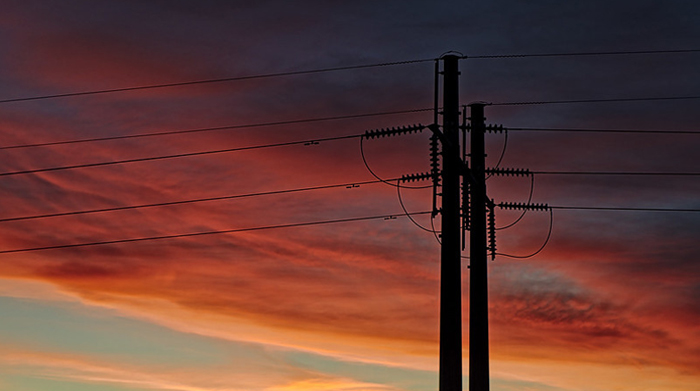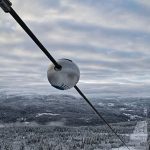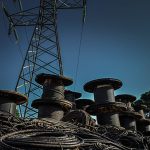How Infrared Imaging Can Enhance Grid Maintenance

Image courtesy of Bruce Guenter under Attribution 2.0 Generic License, resized to 700 x 391 pixels.
Infrared imaging can help utilities see “hidden” abnormalities which in turn can help improve the efficacy of grid maintenance practices. This makes a ton of sense from an emergency preparedness perspective because it helps enhance reliability. Similar to the term, you can’t manage (or improve) what you don’t measure, it also follows that you can’t fix a problem you don’t see.
A Practical Application or Case Study for Infrared Imaging
An electric utility in Canada called Oshawa Power recently implemented infrared imaging technology, and the utility’s experience can serve as something akin to a case study for other utilities looking to implement similar technology.
Oshawa’s system, the Infrared Scanning Program, monitors over 534km of overhead lines and about 150 underground vaults. The system measures changes in ambient temperature, or hotspots, that are not visible to the naked eye. These hotspots can indicate loose or degraded connections, which can increase flow resistance and cause components or equipment to run hotter than normal which, eventually, can lead to short circuits that can trigger power outages.
This holistic monitoring approach allows the utility to immediately identify defective equipment and connections, and prioritize maintenance, repair or replacement activities based on the severity or urgency of the issue. Catching these issues early allows Oshawa to prevent certain outages from occurring in the first place.
Over the past year, the utility identified over 100 potential problems using this technology. While most were of the low-to-medium risk variety, several critical issues were identified and resolved before they cascaded into something more troublesome. In fact, one issue, which would not have been detected without the benefit of infrared imaging, showed an ambient temperature difference greater than 81, requiring immediate action.
There’s no doubt about it, Oshawa has the right idea. Whether we’re talking about infrared imaging or something else, anything that can help prevent problems from turning into emergencies is definitely a win when it comes to emergency preparedness.



